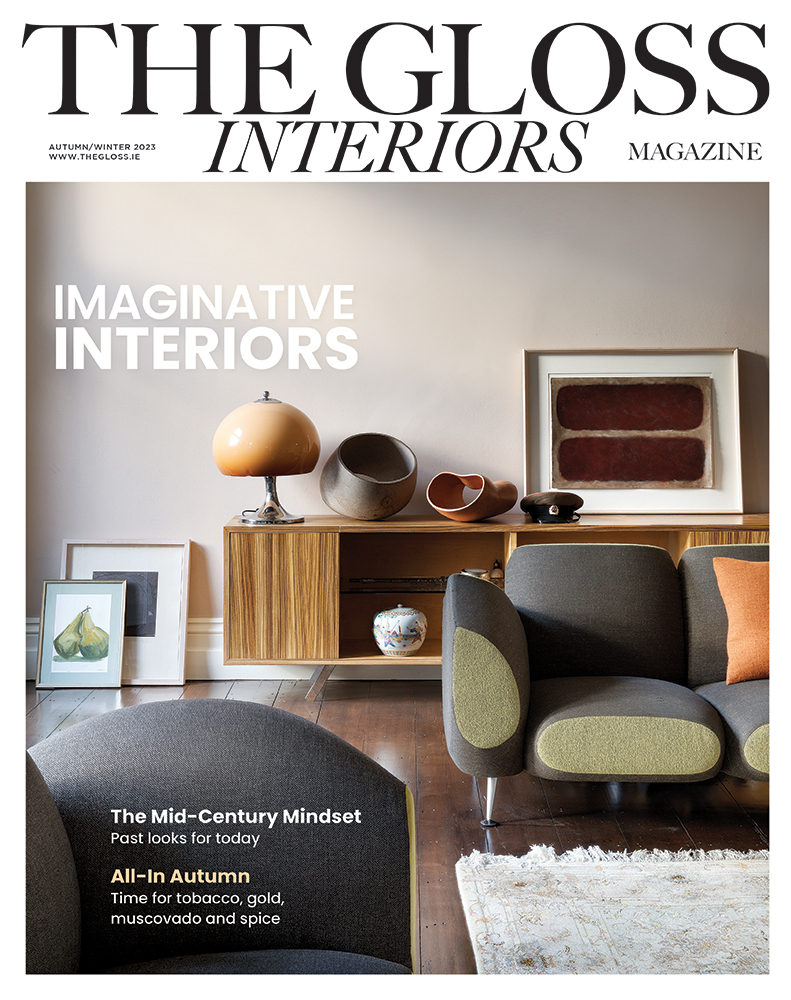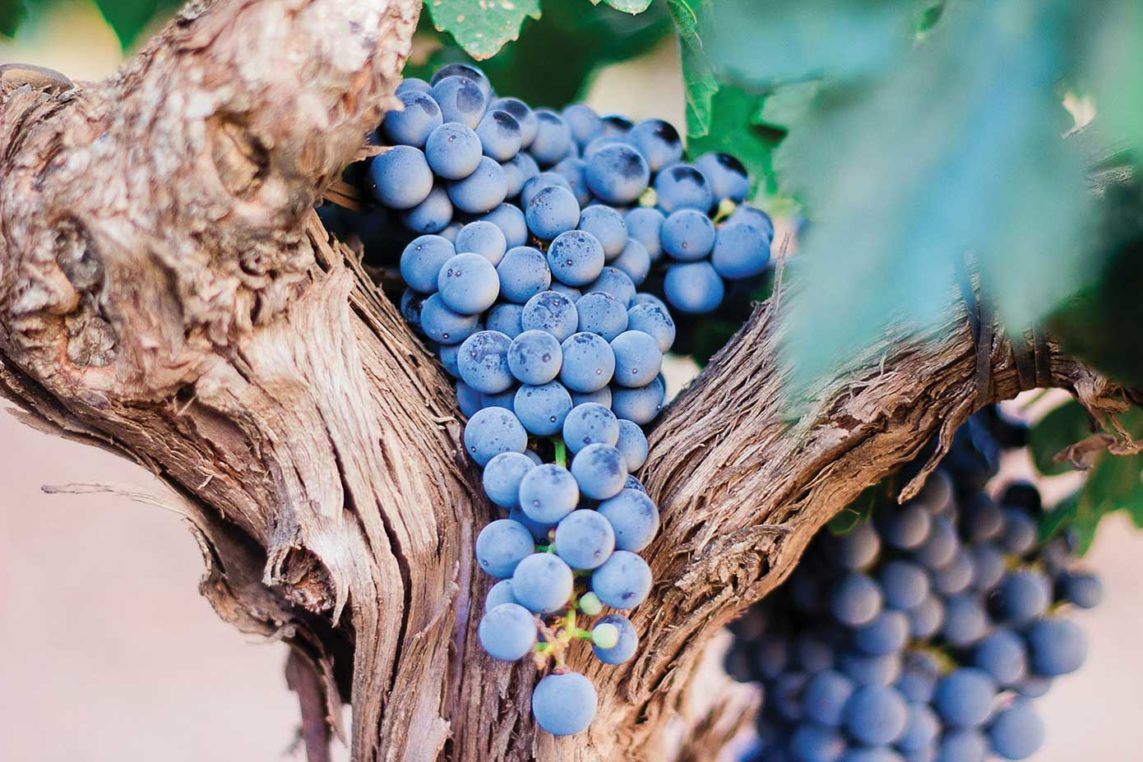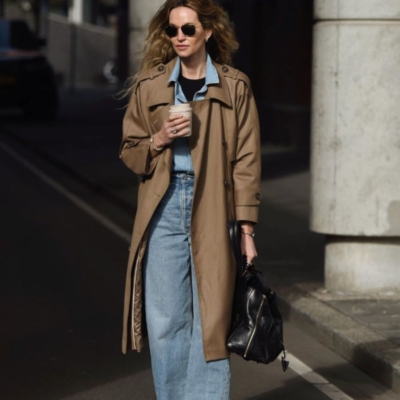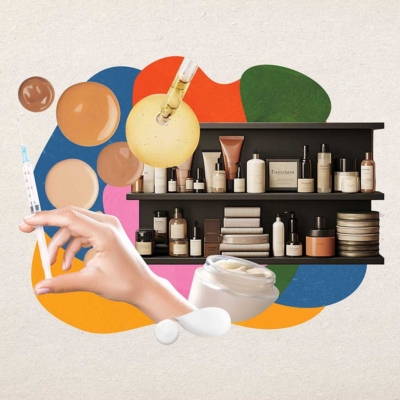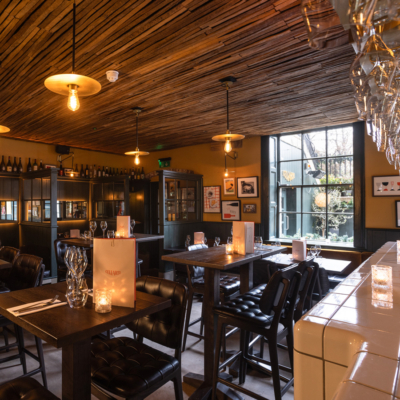Revise old ideas about Bordeaux wines, says Julie Dupouy … serious change is afoot …
Since commercial production began in the twelfth century, Bordeaux has established itself as the foremost viticultural area and regional wine brand in the world. Over the years, its reputation has grown through the achievements of its famous Cru Classés Châteaux.
The Bordeaux en primeur wine sale system allows buyers to purchase wines approximately 24 months before they are released onto the market. En primeur originated in the 18th century when negociants would go to châteaux to taste the grapes and assess the quality of the future harvest. Following their assessment, they would book their allocation of wine for that year, usually purchased in barrels, and then bottled in the country they would be shipped to.
Nowadays, journalists, bloggers, and buyers from all around the world, travel to Bordeaux for a week in April to taste the recently fermented wines that have just started their maturation process. The marks given to the wines dictate the release price each year. Grands Crus Châteaux, however, rarely deal directly with the consumers. They sell their wines to courtiers (traders) who sell the wines to negociants who, in turn, sell on the wines to trade customers. Once the wines are finally released, critics will usually re-taste them and adjust their marks. Prices on the open market then start to wander, following demand, and in favourable vintages they can spike quickly. A pattern of upward–only price trends ultimately started to take Bordeaux off the table for many.
Owing to the media buzz surrounding the en primeur tasting, it would be easy to think that big, wealthy properties represent most of the production in Bordeaux. The fact is, only five per cent of the region’s vineyard acreage is dedicated to Crus Classés wines. The rest of the market is composed of small, independent producers or cooperative cellars who typically sell their wines under the generic appellations Bordeaux, Bordeaux Supérieur or Entre-Deux-Mers AOCs. The biggest market for Bordeaux wines remains in France with 56 per cent of its sales passing through supermarkets for an average bottle price of €5.87. This really shows the situation in Bordeaux – a market operating at two very different tempos.
Over the last ten years, the reputation of the wines of Bordeaux has met increased resistance within professional circles. Many amateurs have also slowly started to turn their backs on the once celebrated region, the general consensus being that the starting price for drinking memorable wine from Bordeaux is now just too high. “Bordeaux bashing” as it is often called, does not only consider the ever-rising prices – questions are also regularly raised over the châteaux classifications which many feel have lost relevance and need drastic reconsideration.
From the perspective of the modern palate, Bordeaux is seen as old-fashioned when compared to the more fruit-forward, vibrant and acid-driven styles so popular with wine enthusiasts these days. Claret needs long ageing to improve, and the packaging is often too traditional and boring. The Bordelais have also been considered slow movers when it comes to addressing environmental concerns. Modern consumers regularly check labels for confirmation of organic or biodynamic farming: woe betide those who have underestimated its importance.
Thankfully the rewards of change are coming to fruition. I visited the region this spring and was pleasantly surprised to see how far things had evolved since my last visit. (I admit that the wines of Bordeaux barely occupied a spot on the outermost edges of my interest this past decade, bar the very odd exception.)
I love to have my mind changed. I love the rejuvenated excitement in a style or region and the opportunity to rediscover wines produced with new philosophies. The welcome from winemakers was open and engaging. Of course, the atmosphere in properties felt very different – like two different worlds side by side. On one side, the gentleman farmer working in the most remarkable buildings; on the other, the vigneron in jeans and T-shirt, with roughened hands, working in a converted shed with a few concrete vinification tanks. Despite the vast gap between their operations, both shared the same great pride and passion for their region. All spoke with excitement of the Bordeaux they saw in the future.
More importantly, the wines were delicious. Generally speaking, extraction was gentler, making the wines more digestible and approachable without losing their ageing potential. They displayed a brighter fruit expression and a much more restrained use of oak.
The big names were of course impressive, but the real surprise was the quality produced by many of the smaller operations. As much as I enjoyed the opportunity to taste some very rare wines that week, wines I may never be in a position to order en primeur, I came back to Ireland excited to revisit the options available on the Irish market at a reasonable price. Great work has been done by many to bring wines that offer both value and all-important yumminess to the Irish market. Below are a few of my favourites. @juliedupouy1

Saint-Émilion Grand Cru, Tour de Capet , €39.99; www.64wine.ie.
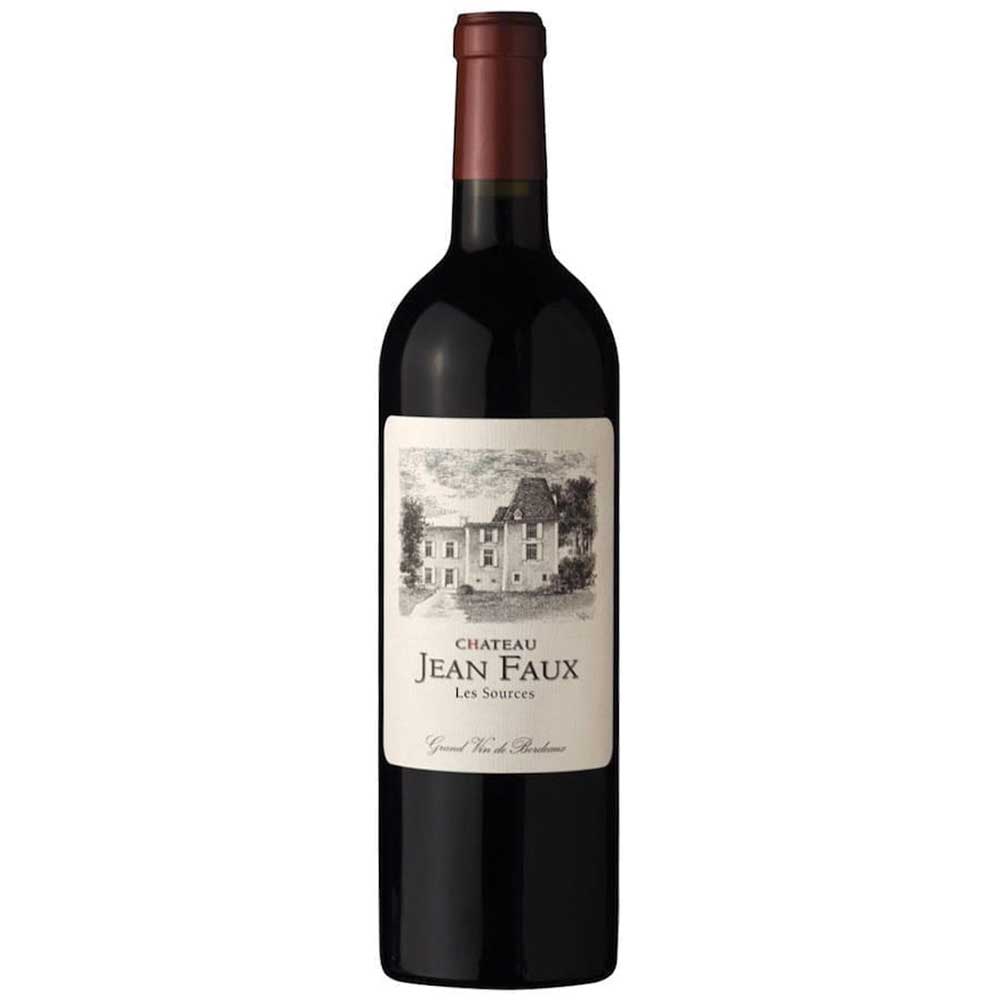
Bordeaux Supérieur, Château Jean Faux, les Sources, €26; www.siyps.com.
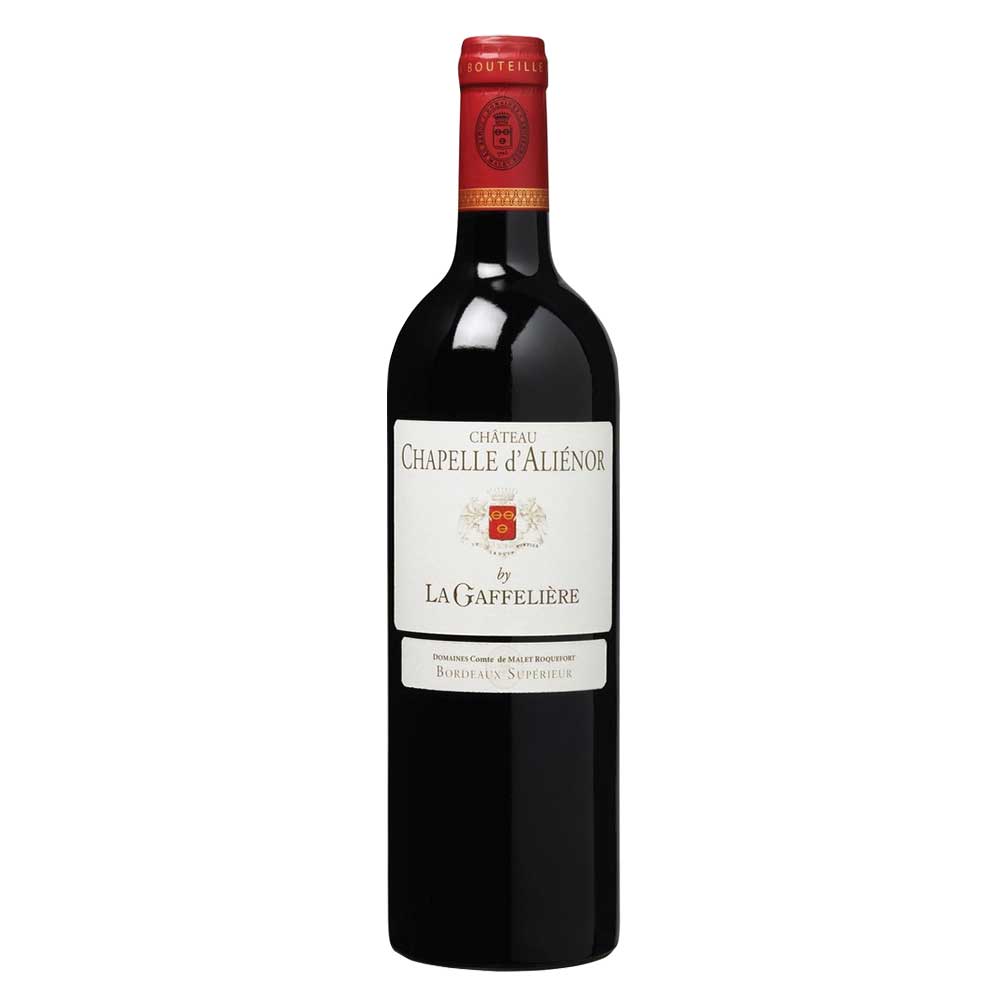
Bordeaux Supérieur, La Chapelle d’Aliénor by La Gaffelière, €19; www.celticwhiskeyshop.com.
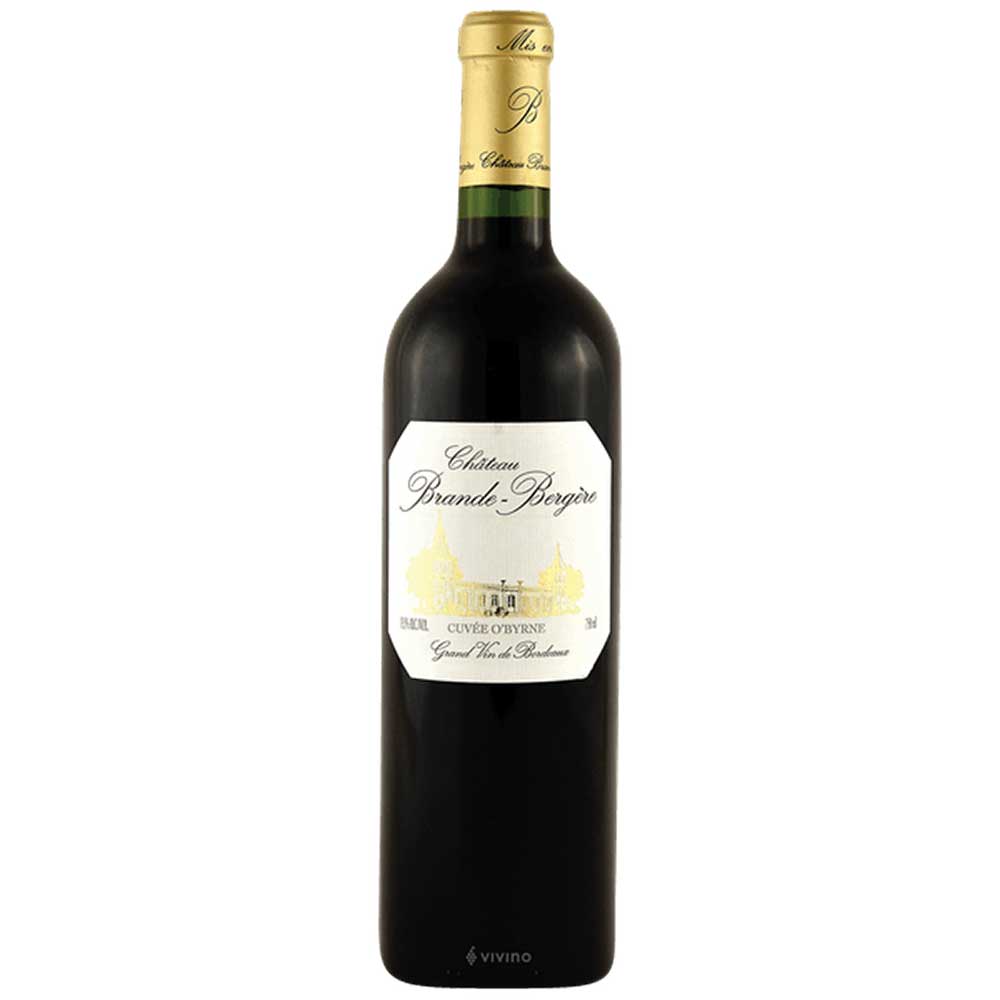
Bordeaux Supérieur Château Brande-Bergère, Cuvée O’Byrne, €24; www.onthegrapevine.ie.

Bordeaux Blanc, Château Turcaud, Cuvée Majeure, €22.95; www.lecaveau.ie.
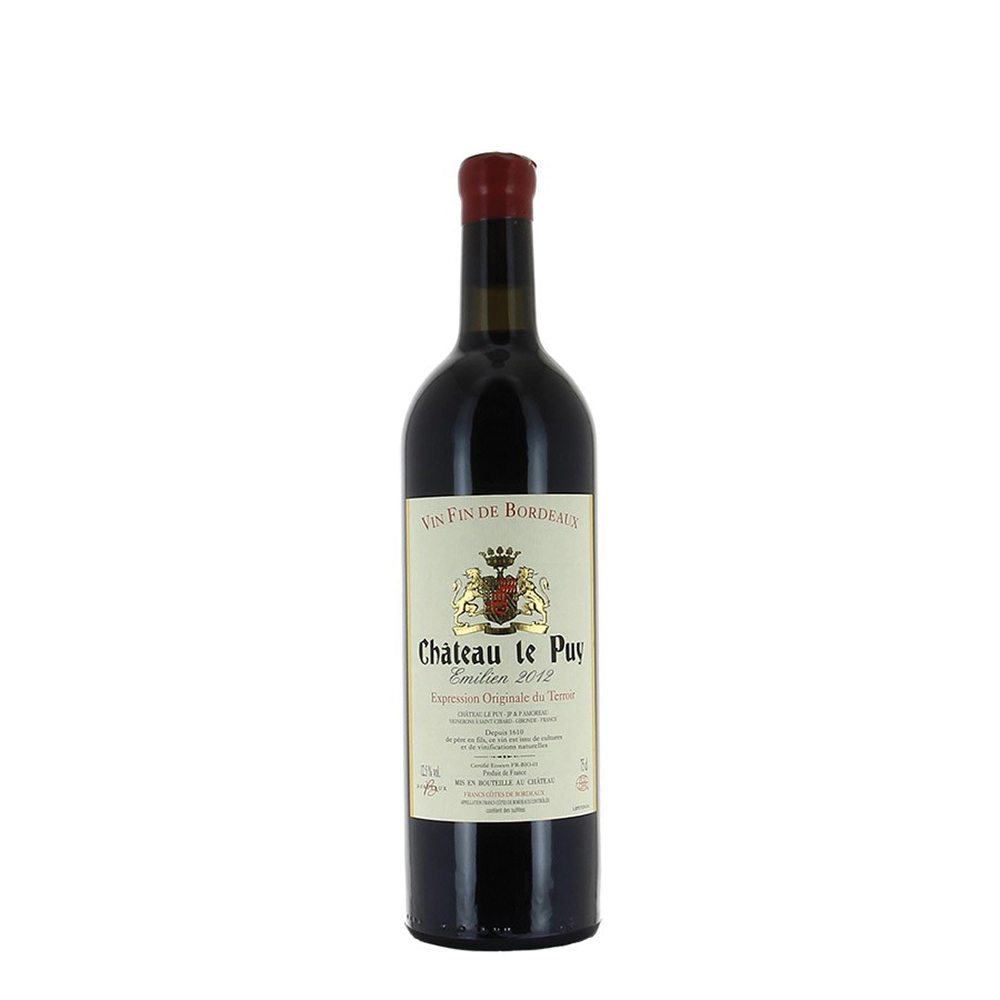
Francs Côtes de Bordeaux, Châteaux le Puy, Émilien, €46.95; www.thecorkscrew.ie.

